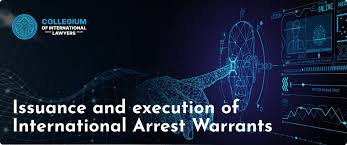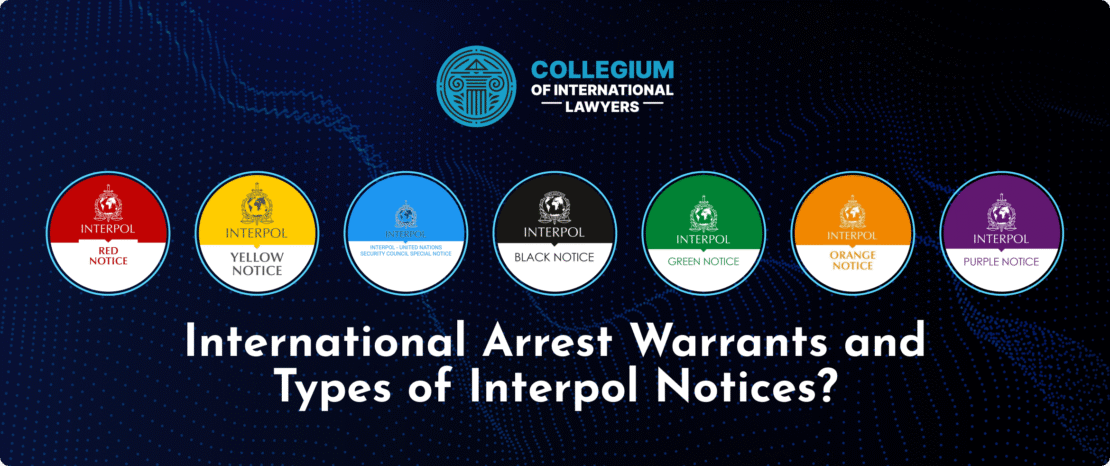The Presidential Autopen Controversy Unpacking Its Implications

The Presidential Autopen Controversy: Unpacking Its Implications
The use of autopen signatures by U.S. presidents has sparked a heated debate regarding authenticity and accountability in the democratic process. While technology has advanced to the point where it can replicate signatures, it raises questions about the integrity of leadership decisions and the rule of law, especially when decisions can have far-reaching consequences. One often overlooked aspect of this issue is the presidential autopen controversy legal implications of autopen signatures, which warrant a serious examination of the boundaries of executive power.
Historically, autopen technology has been in use for decades, primarily as a tool to streamline the correspondence of high-profile figures. At first glance, the debate may appear trivial; however, as technology continues to evolve, the implications for democratic norms and responsibilities have grown. Autopens, designed to replicate a person’s handwriting, have recently been deployed by numerous presidents to manage the tidal wave of paperwork required for governance. While administrations have defended this practice as a necessary efficiency measure, critics argue that it undermines the very notion of accountability and personal responsibility.
One might ponder the reasons why past presidents have relied on autopens. The sheer volume of correspondence that a sitting president receives is staggering, and many presidents feel immense pressure to respond promptly. The option of using an autopen allows presidents to maintain the appearance of personal engagement without sacrificing valuable time. However, this raises a fundamental question about the authenticity of the messages conveyed through these signatures. Are they truly reflective of a president’s will, or merely a facsimile, reducing deeply significant decisions to a robotic formality?
The controversy intensifies when we consider instances where autopens have authorized significant actions, such as declaring states of emergency, signing treaties, or enacting legislation. Each of these decisions requires the weight of personal representation from the president, and the use of an autopen raises questions about whether the signature can bear the burden of such gravity. Critics argue that if a decision was made with the use of an autopen, it diminishes the authority and sovereignty that the executive office commands.

In exploring these weighty considerations, there is an inherent tension between the need for efficiency in governance and the requirement for authentic leadership. This dilemma is compounded by public sentiment. Citizens expect their leaders to be personally engaged in the processes that shape their lives, and a reliance on machines to represent them may foster a disconnect between the electorate and the executive branch. If voters believe that their president is not personally invested in crucial decisions, it could lead to broader disenfranchisement and eroded trust in the political system.
Beyond public perception, the legal ramifications of autopen use must also be examined. Autopens, as tools to replicate signatures, could potentially lead to various legal challenges. For example, if a president were to authorize military action or enter into binding agreements through an autopen, questions arise regarding the validity and enforceability of such actions. Critics may contend that these measures lack the requisite personal deliberation, thus rendering them unconstitutional or improperly executed. The conversation around the legality of autopen signatures has emerged as an essential aspect of understanding the broader implications of this technology in governance.
As the debate continues, it may also usher in discussions about reforms that bolster transparency and engagement in the presidential office. Advocates for reform might push for legislation that establishes clearer boundaries on when and how autopens can be employed, perhaps restricting their usage solely to non-contentious matters or establishing explicit requirements for personal oversight on critical signatures. The goal would be to ensure that while technology can augment presidential duties, it should never replace the essential human element that is central to leadership in a democratic society.
Moreover, the evolving nature of technology must be recognized in this discourse. As artificial intelligence and automated systems continue to develop, the distinction between authentic human engagement and automated processes becomes increasingly blurred. In navigating this new terrain, it is crucial for lawmakers, public officials, and citizens alike to engage in meaningful dialogues about the implications of these technologies on the essence of governance.
Additionally, education plays a crucial role in addressing the presidential autopen controversy. As citizens become more aware of the implications surrounding the use of autopens, there is an opportunity for informed debate about the nature of presidential authority and the expectations of elected officials. Democratic engagement requires that individuals are aware of their leaders’ actions and the mechanisms through which those actions are executed. Transparency initiatives aimed at educating the public on the use of autopens and their limitations could fortify public trust and mitigate some of the backlash against the use of technology in governance.
In conclusion, the controversy surrounding presidential autopen signatures serves as a catalyst for examining the intersection of technology, governance, and accountability. While autopens may streamline the operational side of presidential duties, they also risk eroding the vital connections between leaders and the constituents they serve. By grappling with these themes, the dialogue around the use of autopens can inspire broader discussions about the roles of technology in a democratic society, the responsibilities of elected officials, and the active participation of citizens in holding their leadership accountable.

